Jessica Williamson, Hay and Forage Specialist, AGCO
You know it takes the best forage to grow the best livestock. But what, exactly, does it mean to have high-quality forage? How do you attain the best forage while balancing yield?
Let’s take a deeper look at what goes into forage quality and how Massey Ferguson machines can help you get the most out of your crop.
What makes good forage?
Forage nutritive value is a measure of individual constituents of nutrients within a forage that can be directly measured. These constituents can be crude protein, fiber content, total digestible nutrients, and sugars. Forage quality, on the other hand, refers to the combination of multiple forage parameters, including but not limited to nutritive value, palatability, intake potential, forage species, and stage of maturity.
The best indicator of good forage quality is optimal animal performance. Ruminant livestock – cattle, sheep, and goats – require forages for proper health and nutrition. They have specialized digestive systems that convert forages into energy through anaerobic microbial fermentation. Ruminant livestock require roughage in their diets for growth, milk production, and gestation and forage quality that meets livestock’s nutritional needs and enables them to produce at a rate that is desirable for production.
Meet the needs of your livestock
Livestock producers should be aware of their animals’ nutritional needs prior to feeding hay or silage so they can ensure their needs are being met either through the forage they are feeding or with supplementation beyond what the forage can provide. Factors within forage nutritive value should be paid particularly close attention to such as crude protein, fiber components, and digestibility of the forage. These parameters help producers identify if the dietary needs of their livestock can be met sufficiently through forage alone.
Generally, forage crop species have the greatest quality early in their stages of maturity and decline as they grow and mature (Figure 1). Young, vegetative alfalfa is going to be much easier to consume and digest than an older, stemmy crop that has a high fiber concentration and lower intake potential. As plants mature, cell walls expand and deposit fiber components that are agronomically essential to give the plant structure and standability. However, the more fiber components that are deposited into the plant’s cell walls, the lower the digestibility and potential for intake becomes.
These are compounding factors: when diets that are higher in fiber than what is recommended for optimal animal production are consumed, rumen motility (and in turn, digestion of the forage) slows and the ability for the animal to consume the amount of forage necessary to meet their metabolic needs declines. Likewise, protein requirements should be met so the animal can have the ability to deposit muscle or produce milk at the rate desirable for the operation.
Balancing yield with quality
Although proper forage quality is essential for livestock production and performance, the hay producer also needs to balance forage yield. As it continues to grow and increase in maturity, forage yield increases. A balance between understanding when to mow your hay based on stage of crop production and desired forage quality is essential.
Hesston by Massey Ferguson hay machines maintain the available forage quality in the crop to optimize feeding quality at the bunk. Leaf loss during harvest is one of the primary sources for forage quality reduction. The TwinMax double conditioner on the Hesston by Massey Ferguson self-propelled windrower crimps the crop every 1-2 inches instead of every 3-4 inches as a single conditioner does. This speeds up the dry down process, reduces respiration, and preserves forage quality. Massey Ferguson rotary rakes reduce roping of the windrow and allow the forage to sit on top of the stubble for increased airflow and dry down of the forage, allowing for faster baling.
Our balers save time and preserve forage quality by efficiently packaging forage crops and reducing leaf loss during the baling process.
Figure 1. Effect of Plant Maturity on Forage Intake and Digestibility
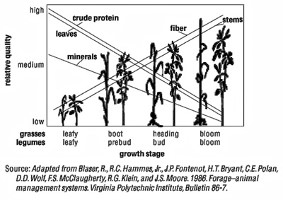
Agronomist Bio
Dr. Jessica Williamson is the hay and forage specialist for AGCO. Jessica’s expertise is in forage quality, management and production, as well as ruminant nutrition and the plant-animal interaction. Jessica is responsible for designing and conducting field tests on hay and forage equipment; educating AGCO personnel and customers on forage management, production and livestock nutrition; and working with the Green Harvest team on ongoing forage projects.
Jessica holds a Bachelor of Science degree in animal science from Morehead State University (Morehead, Ky.); a Master of Science degree in animal science (ruminant nutrition) from the University of Arkansas (Fayetteville, Ark.); and a Ph.D. in plant and soil science (forage agronomy) from the University of Kentucky (Lexington, Ky.). Jessica is originally from a cow-calf operation in western Maryland.

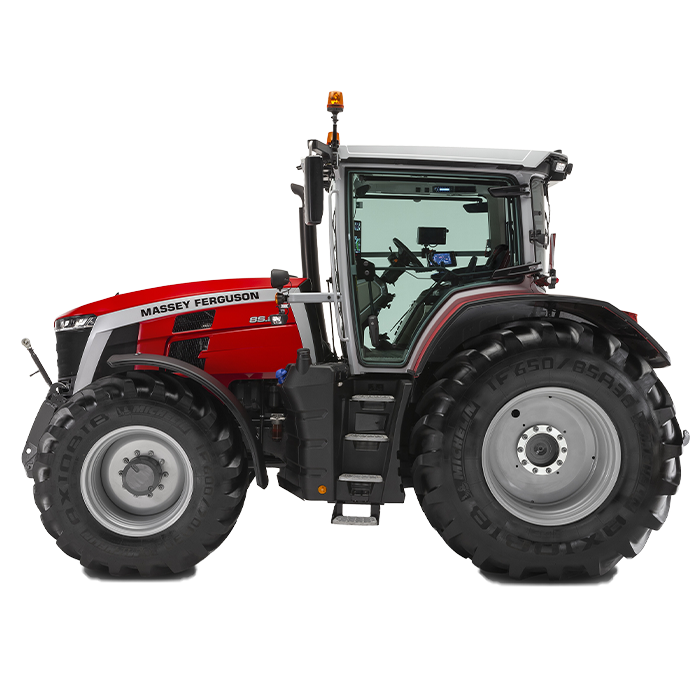
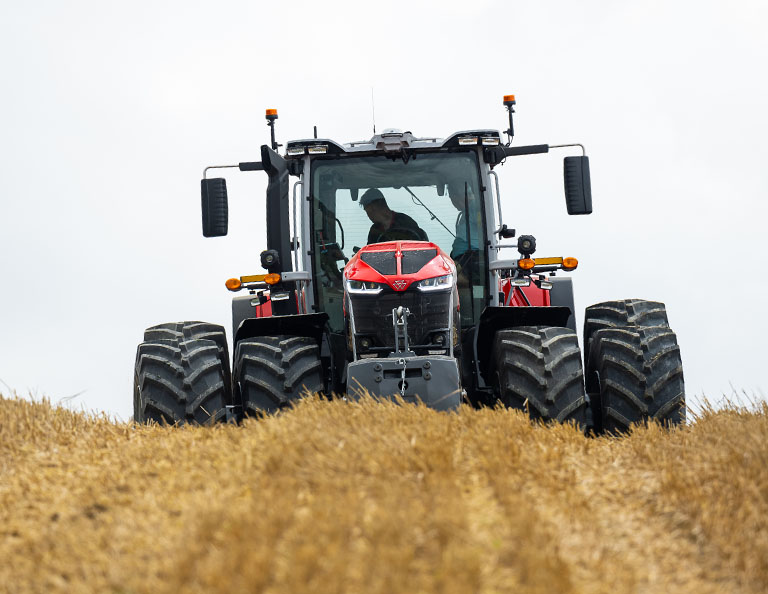

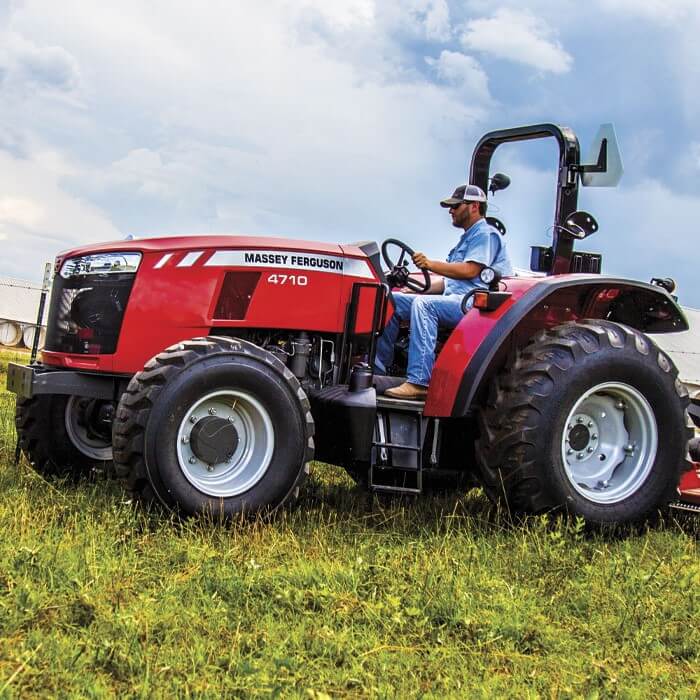


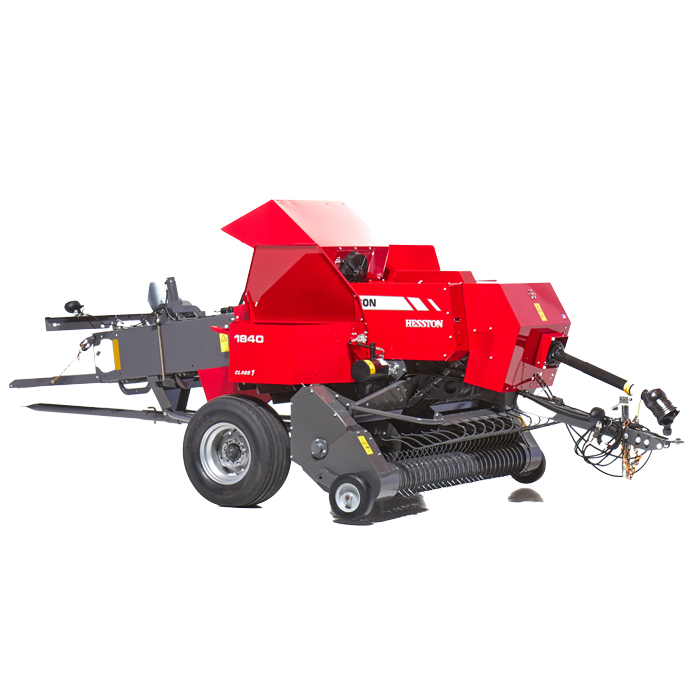
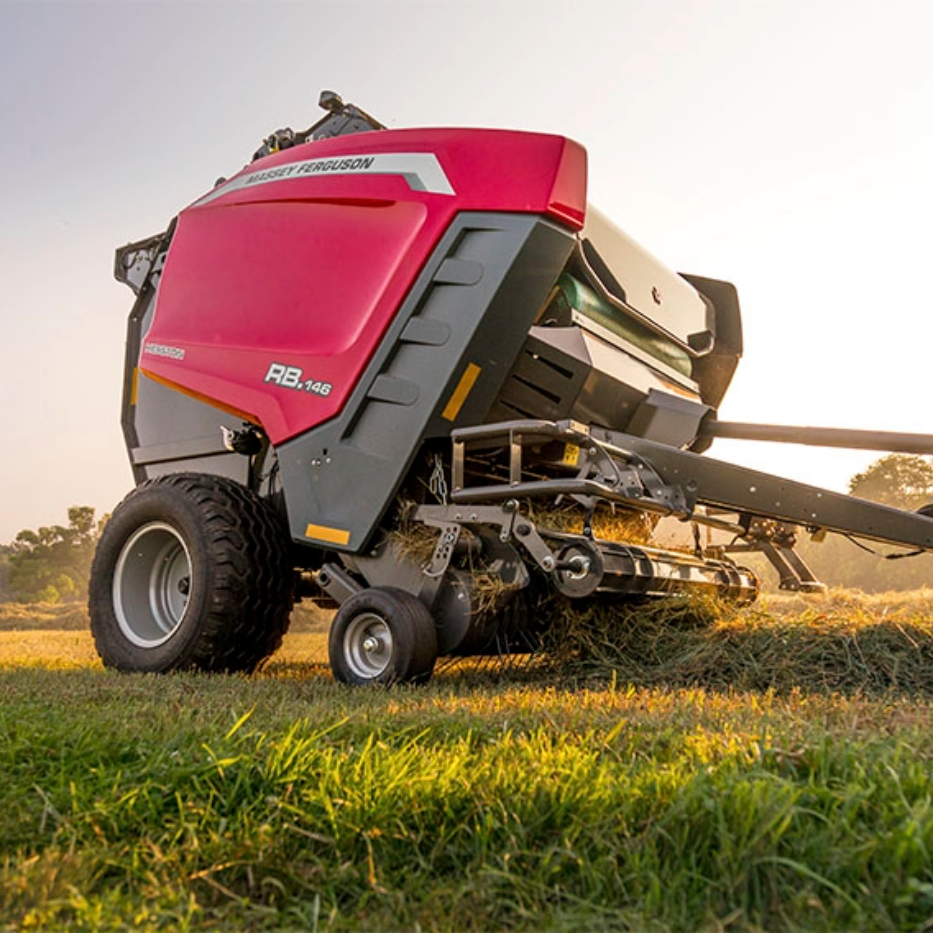
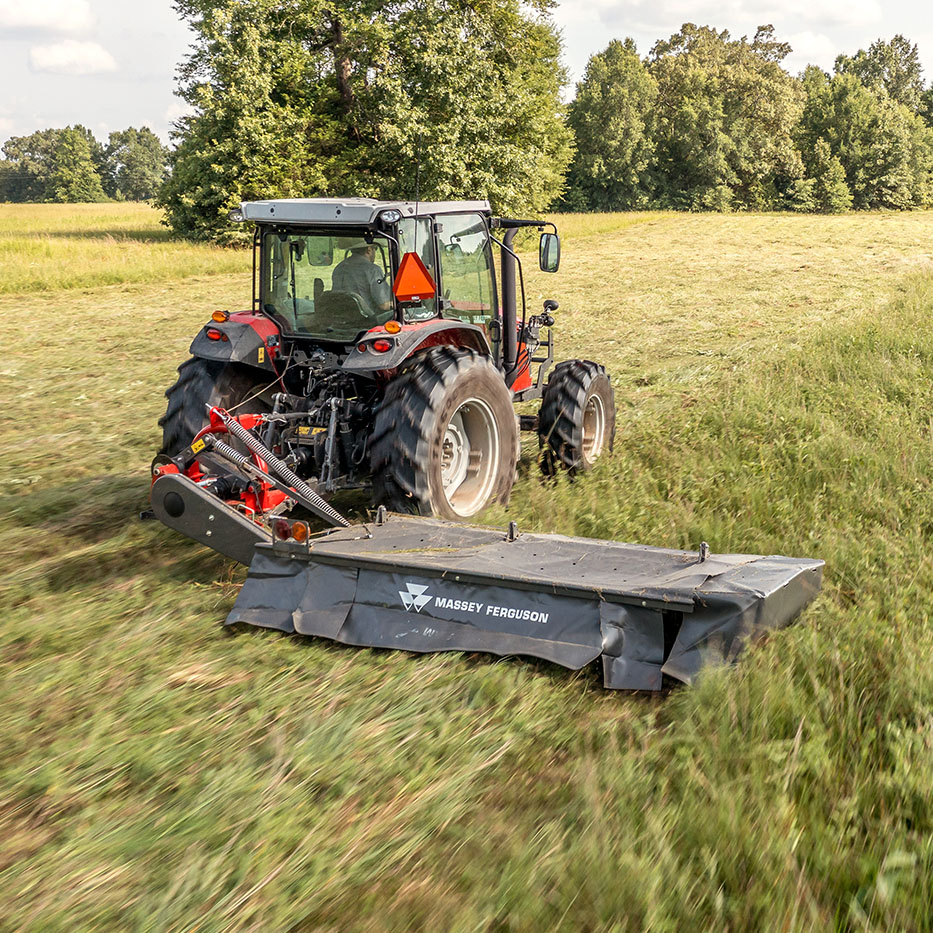
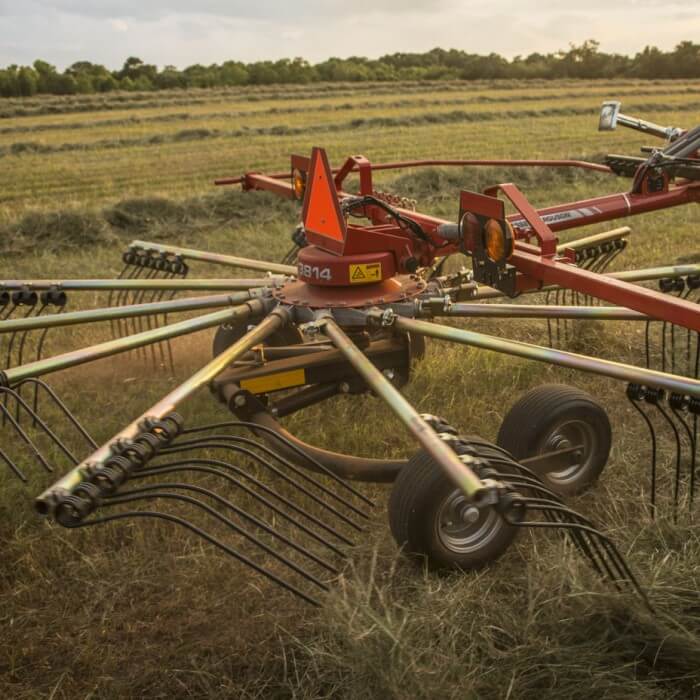
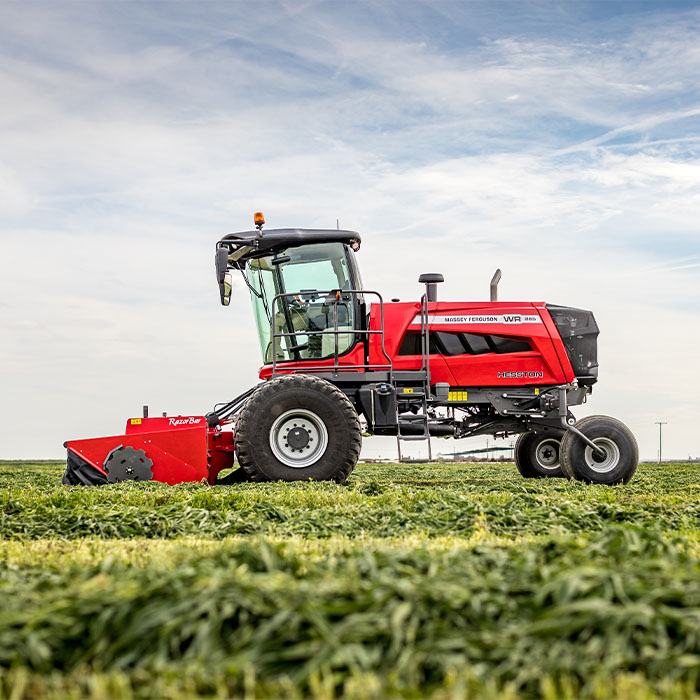
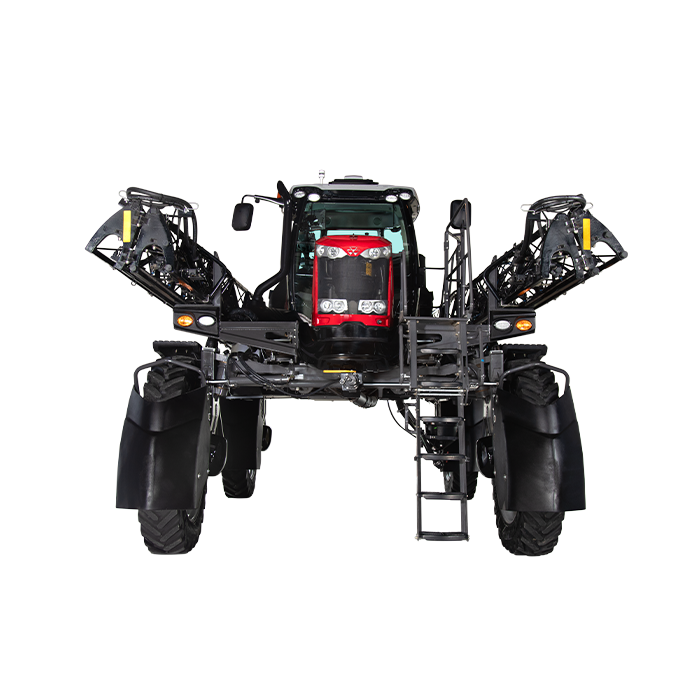

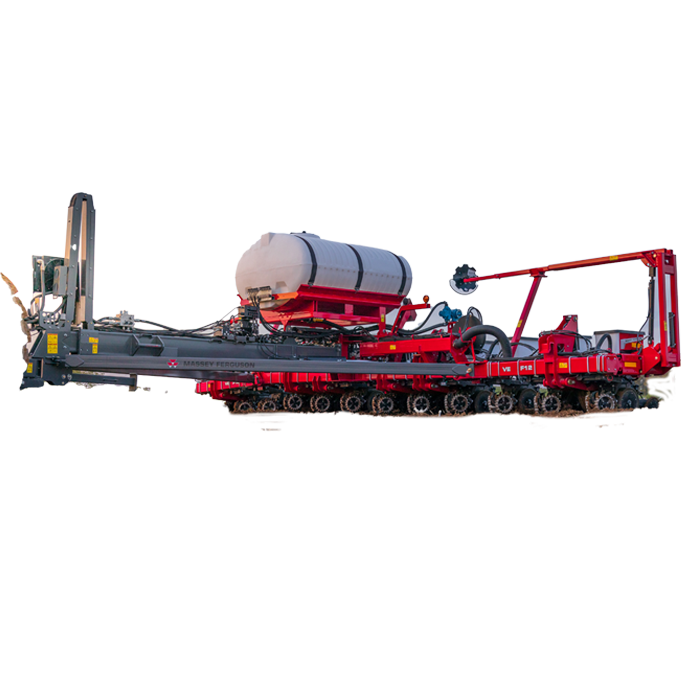
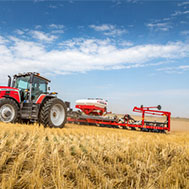
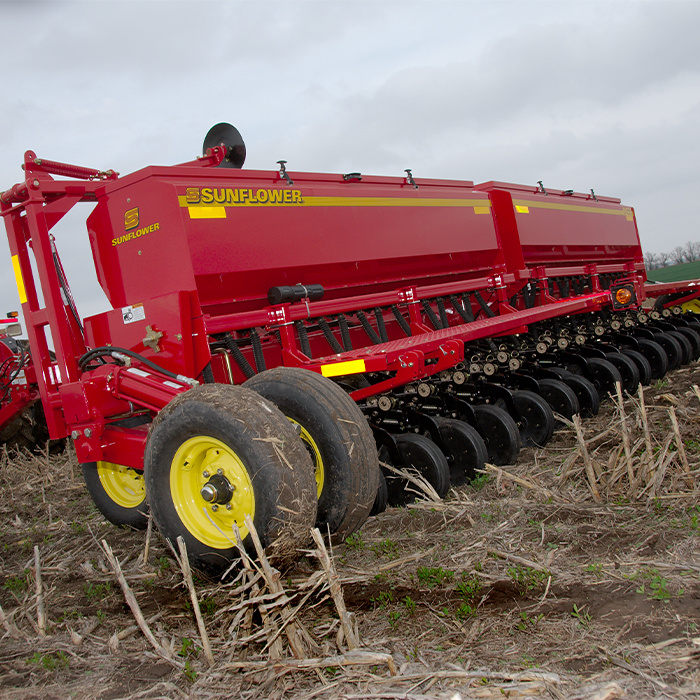
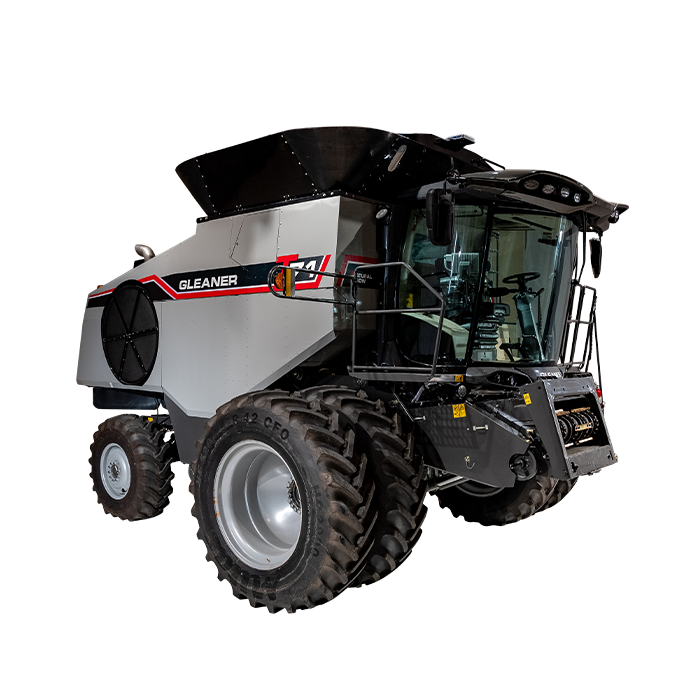

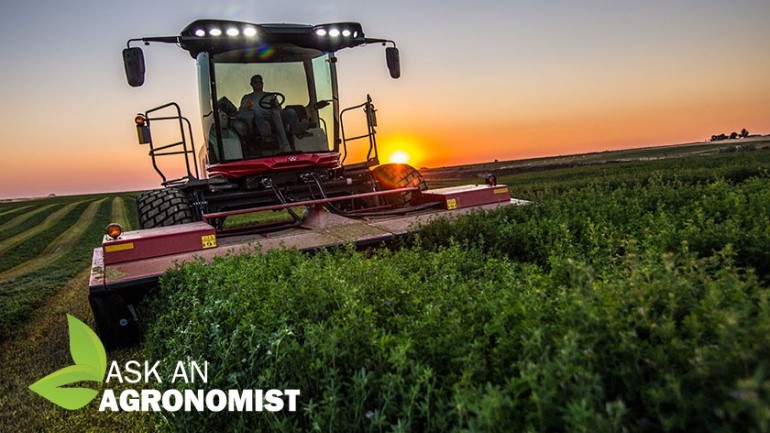
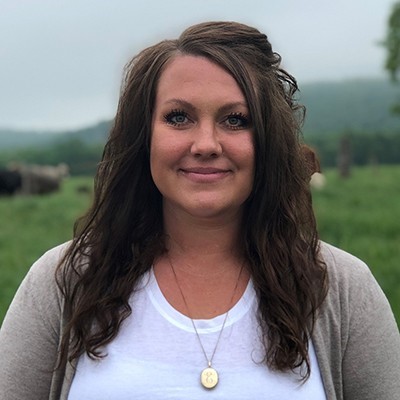
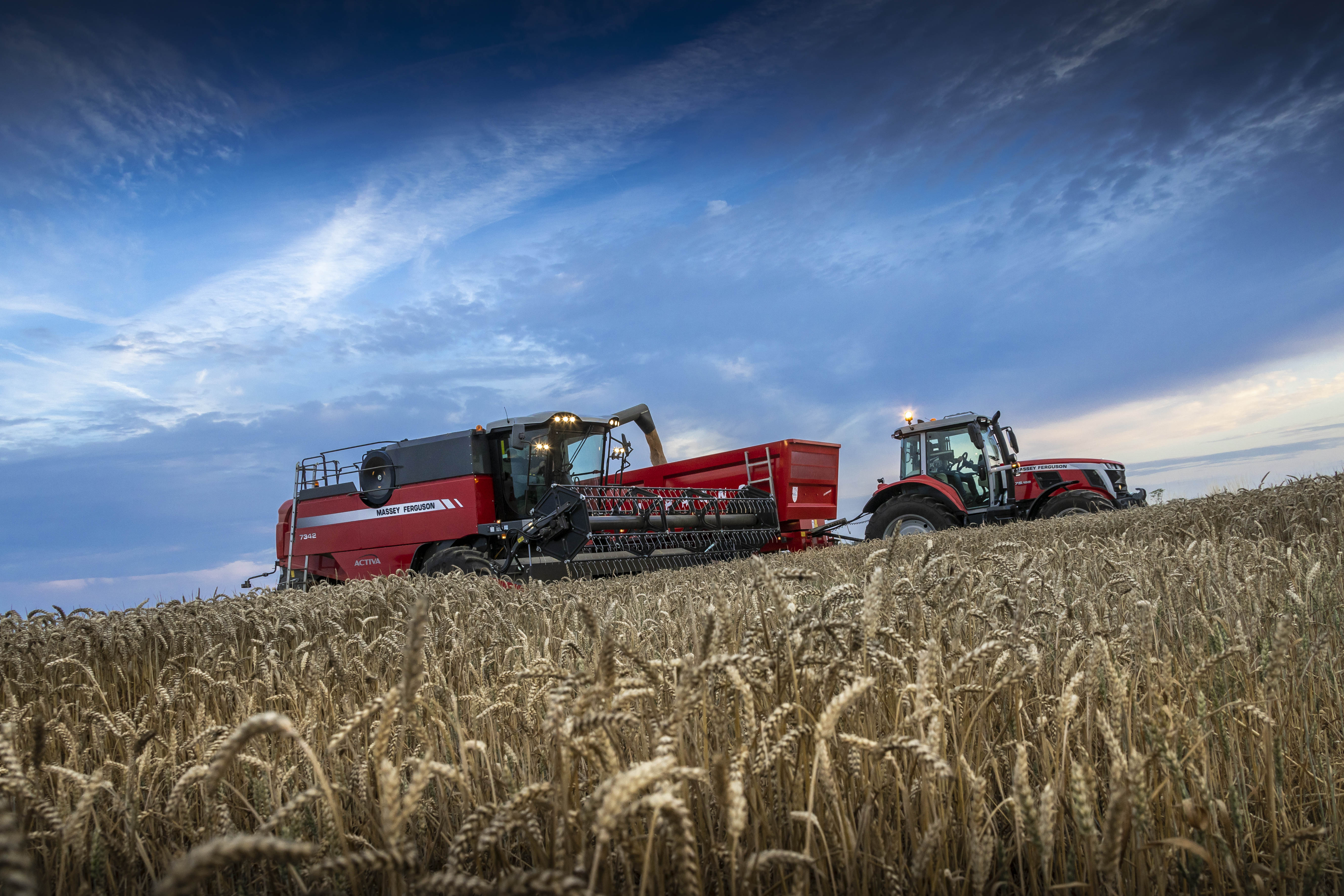
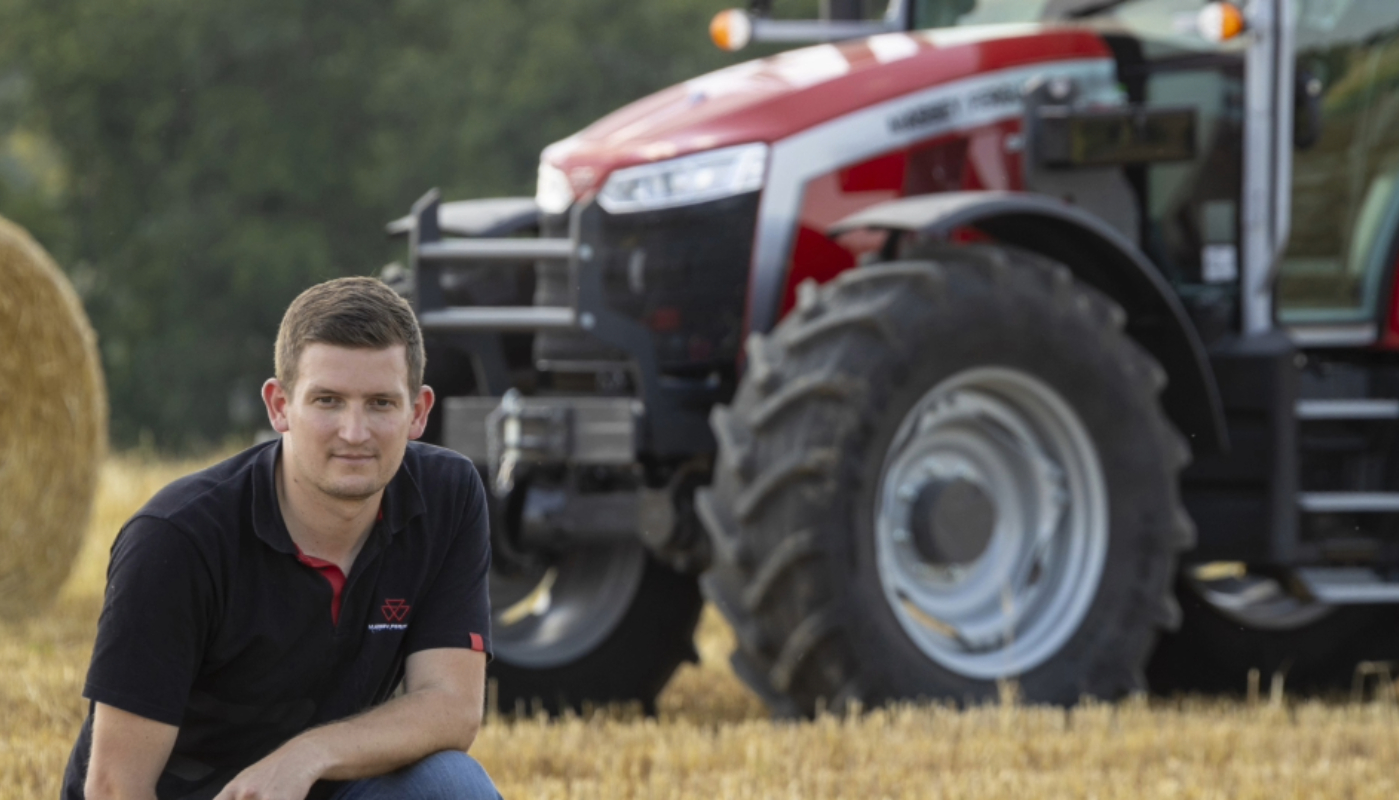
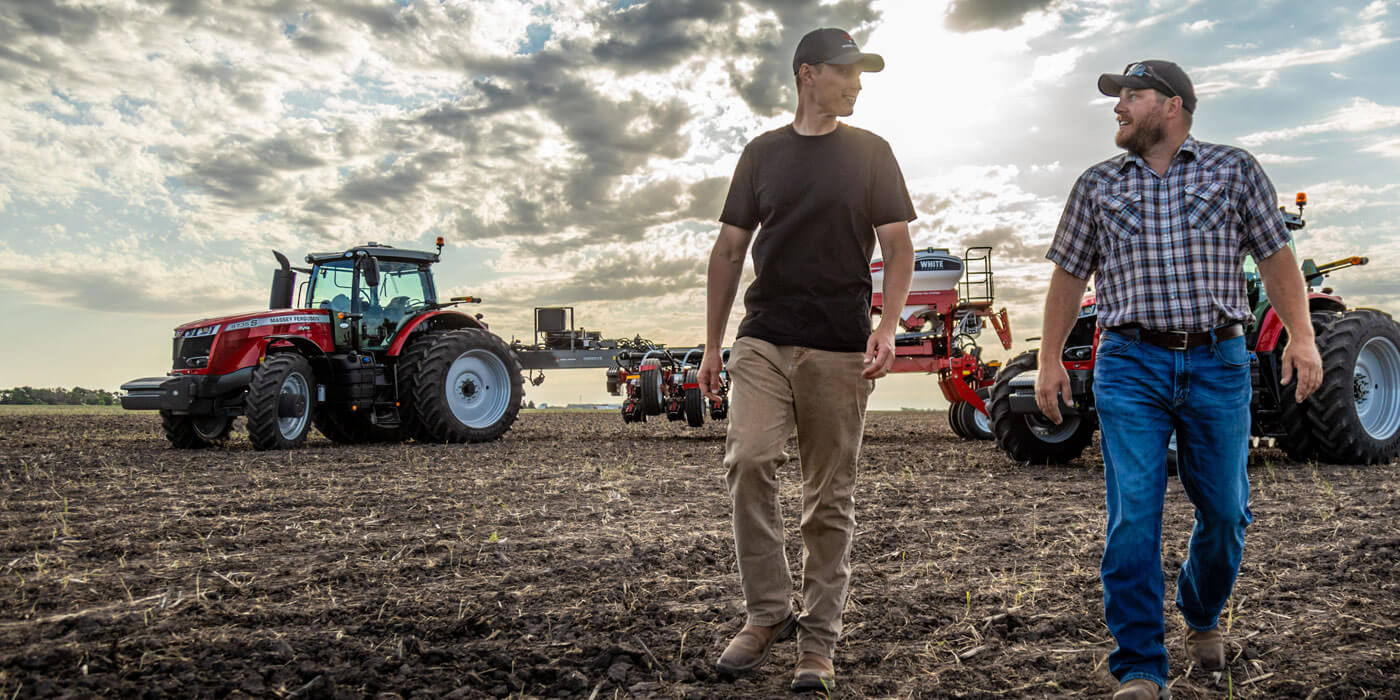
Share